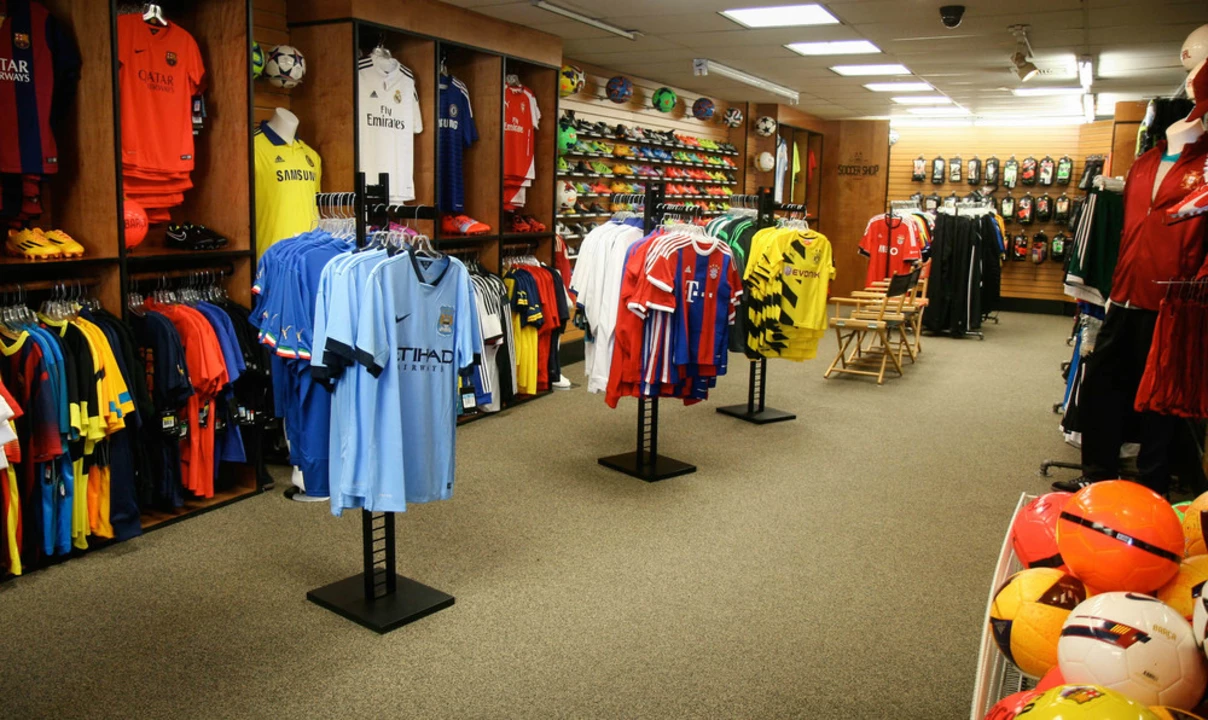Buy Soccer Gear: How to Choose the Right Kit and Save Money
Thinking about buying new soccer gear? You’re not alone. Whether you need a fresh jersey, a pair of cleats that won’t slip, or a properly inflated ball, the right purchase can boost your performance and keep your wallet happy. Let’s walk through the basics so you can shop with confidence.
Choosing the Right Jersey
The first thing most fans look at is the jersey. It’s not just about supporting your team; the fabric matters. Look for moisture‑wicking material – it pulls sweat away and keeps you cool on hot days. If you’re buying a replica for everyday wear, a cotton‑blend is fine, but for match‑day use pick a lightweight polyester blend that feels breathable.
Fit is another key point. A jersey that’s too tight restricts movement; too loose can get in the way on the pitch. Try it on and move your arms, simulate a sprint, and see if anything feels off. Many online stores offer a size guide; use your chest measurement and compare it to the chart. If you’re unsure, size up – you can always layer a compression shirt underneath.
Authenticity matters, especially if you’re after a genuine club version. Look for security tags, holograms, or official licensing logos. Counterfeit kits often have misspelled names or fuzzy prints. A quick search of the seller’s reputation can spare you from a disappointing purchase.
Smart Shopping for Cleats and Accessories
Cleats are the workhorse of your kit. They should match the surface you play on – firm ground (FG) for grass, artificial ground (AG) for synthetic turf, and indoor (IN) for gym floors. The sole pattern affects grip, so don’t grab the first pair you see. Test the feel by walking on a carpet; you should feel a firm connection, not a wobble.
Fit for cleats is as crucial as for jerseys. Your toes need a little wiggle room, but the shoe should hug your heel. If you buy online, check the return policy. Some brands recommend lacing the shoe tighter at the ankle for extra support, especially if you’re a fast winger who changes direction often.
Beyond jerseys and cleats, consider the smaller items that improve play: shin guards, socks, and a reliable ball. For shin guards, pick a lightweight shell with a comfortable sleeve. When buying a ball, follow the official pressure range – most size‑5 balls sit between 8.5 and 15.6 psi. A cheap ball often loses pressure quickly, which affects passing accuracy.
Now that you know what to look for, where should you shop? Big retailers often run seasonal sales – think end‑of‑season clear‑outs or Black Friday deals. Smaller specialty shops might have loyalty discounts if you sign up for their newsletter. Compare prices across a few sites; a $90 pair of cleats can drop to $70 with a coupon code.
Finally, keep an eye on hidden costs. Shipping fees can add up, especially from overseas sellers. If a deal looks too good to be true, it probably is – low‑priced gear may be low‑quality or counterfeit. Read reviews, check the seller’s rating, and make sure there’s a clear return process.
Buying soccer gear doesn’t have to be a gamble. By focusing on material, fit, authenticity, and price comparison, you’ll walk away with equipment that feels right and lasts longer. Ready to hit the shop? Grab that jersey, lace up those cleats, and get back on the pitch feeling confident and prepared.
What are the best places to buy soccer jerseys?
As a soccer fan, I've discovered that the best places to buy soccer jerseys are official club stores, licensed online retailers like Fanatics and World Soccer Shop, and local sports stores. Sometimes, you can also find great deals on Amazon and eBay. Just make sure to check the authenticity and quality before purchasing, especially from individual sellers.
Kieran Donovan | May, 5 2023 Read More
